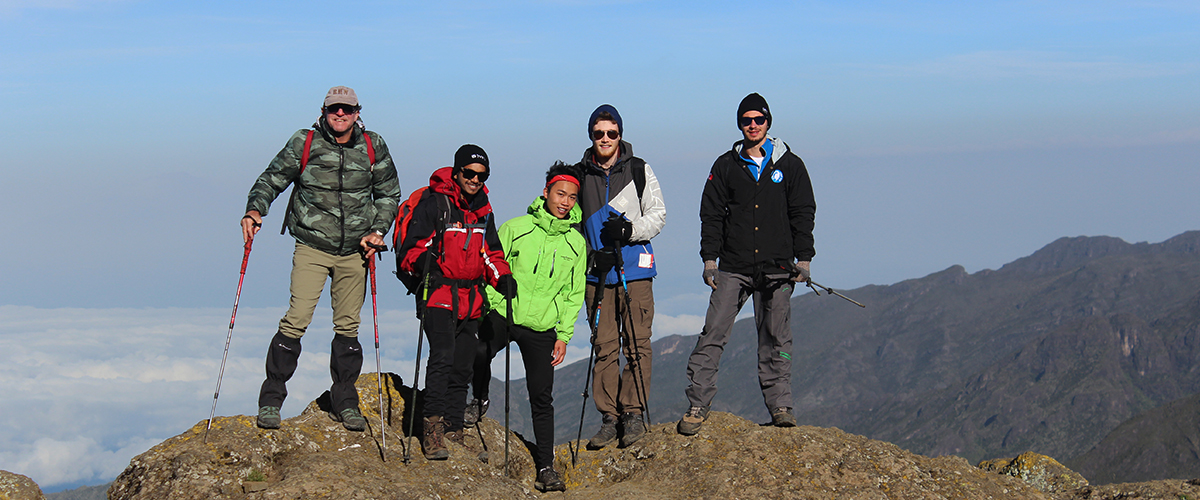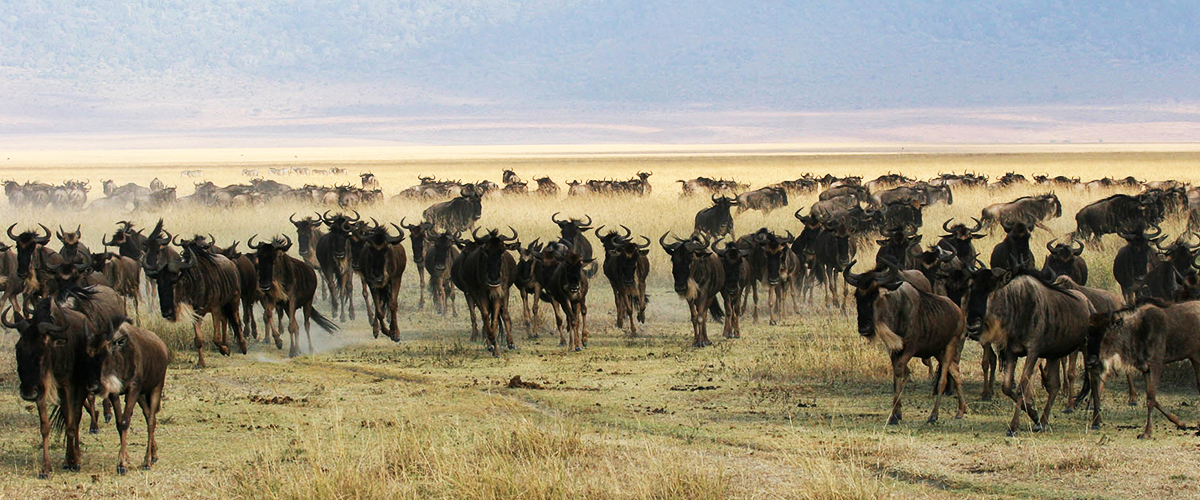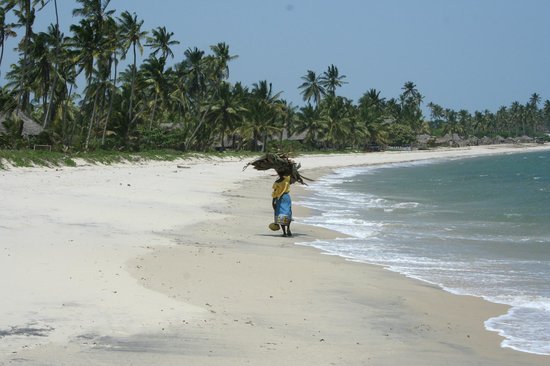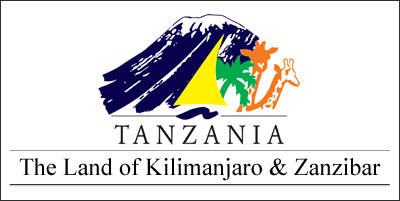Pemba Holidays in Tanzania
Pemba consists of gentle, undulating hills and deep verdant valleys, which are all covered with a dense cover of clove, coconut and mango plantation. A more fertile land it is difficult to imagine. But it is not just the landscape that gives Pemba its magical reputation.
Whilst on the island, one can make day trips to the following places of interest:. Pujini Ruins : These are the ruins of a fortress, dating from the 13th century, constructed in a style otherwise unknown on the East Coast of Africa.
There are many conflicting stories relating to the founder of this town, but most name him as Mohammad bin Abdulrahman.He is said to have exerted his influence on the mainland from Pate to Kilwa and out into the Indian Ocean as far as the Comoros. He was a great boat-builder, favouring the matempe style, a prodigious builder of mosques and a fine bowman. During an extremely successful life as a merchant and pirate in the region, he decided to site his capital at Pujini, in a location on top of a hill, with only distant access to the sea, in order that he might defend his great wealth from raiders. The citadel was constructed with a massive earth rampart and moat and the walls were built with stone carried 40 km by porters from the North of the island.
The site could be reached by sea, but only after careful navigation through the reefs and then up a twisting mangrove creek and a narrow canal. The line of the outer walls of the fortress, which were about one metre thick by five metres high, can still be discerned.
A large stairway can be seen at the location of the access point to the sea canal. At the North West corner a pile of rubble is all that remains of the watchtower. Inside the defensive walls the mosques and houses have mostly disintegrated, although the remains of an underground chamber and shrine can still be seen. A two-chambered well can be seen, reputedly divided so that his two wives, who were incredibly jealous of one another, could fetch water without meeting. This well seems to get easily filled in with silt and may not be visible. Whilst a visit to this site will always make an enjoyable trip, the visitor will be generally disappointed by the state of disrepair of the ruins, especially after having read the stories of its history. The site is regularly cleared, but still it takes some imagination to envisage what the place must have been like in its heyday. There is little left standing and no information or relics on show.
The largest town on Pemba, its capital and its administrative centre is Chake Chake, located about half way down the Western coast of the island at the head of a narrow creek. The old town is set on a ridge, from where it is possible to look down through the early morning mists over the rusty tin roofs to the silted creek below, where only the occasional dhow now ventures when the tides will allow.
Activities: Beach, Wildlife, Walking /Hiking, Honeymoon, Fishing, Diving/Snorkeling, Photography, Birding, Cuisine, Water Sport, Day Excursions.















